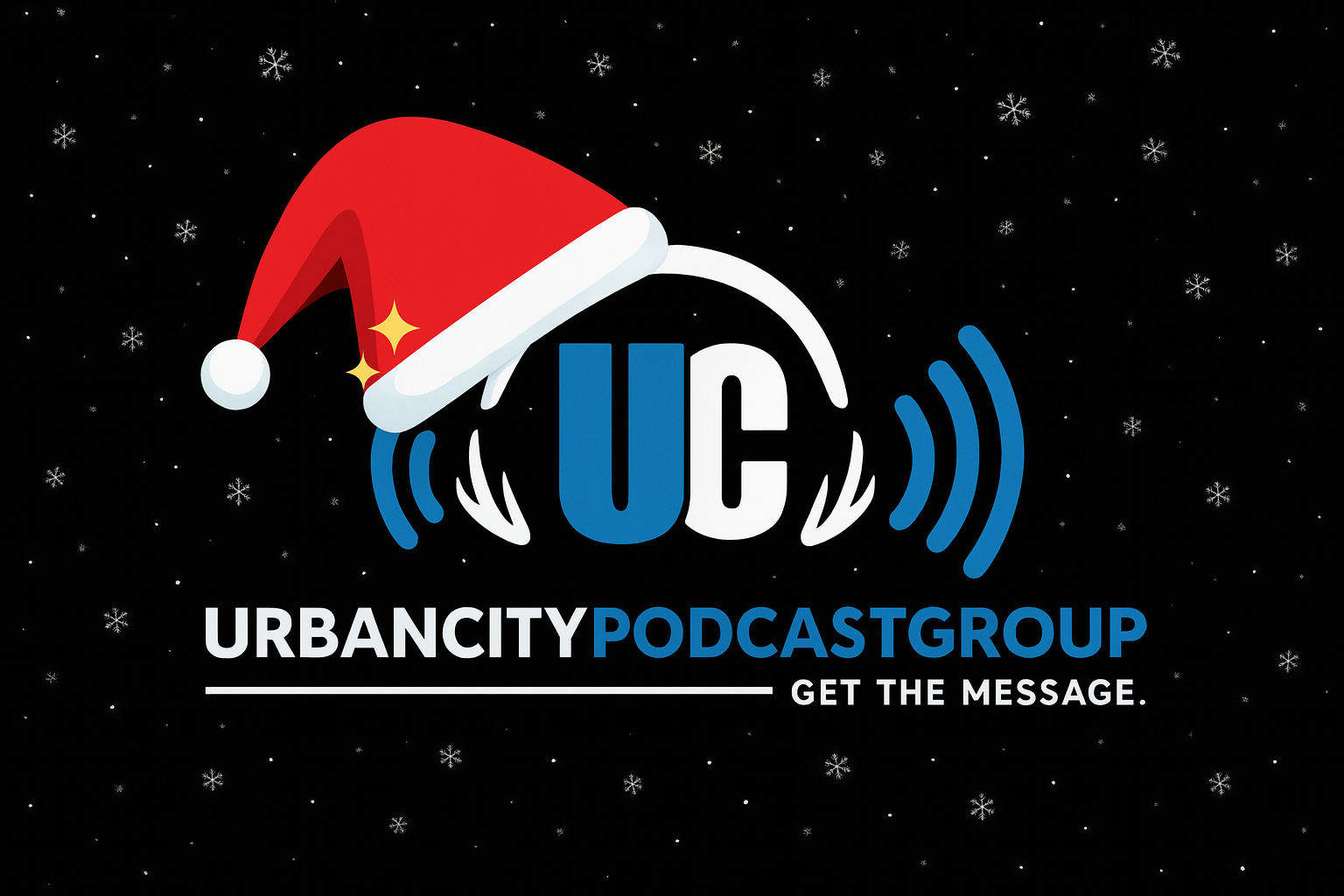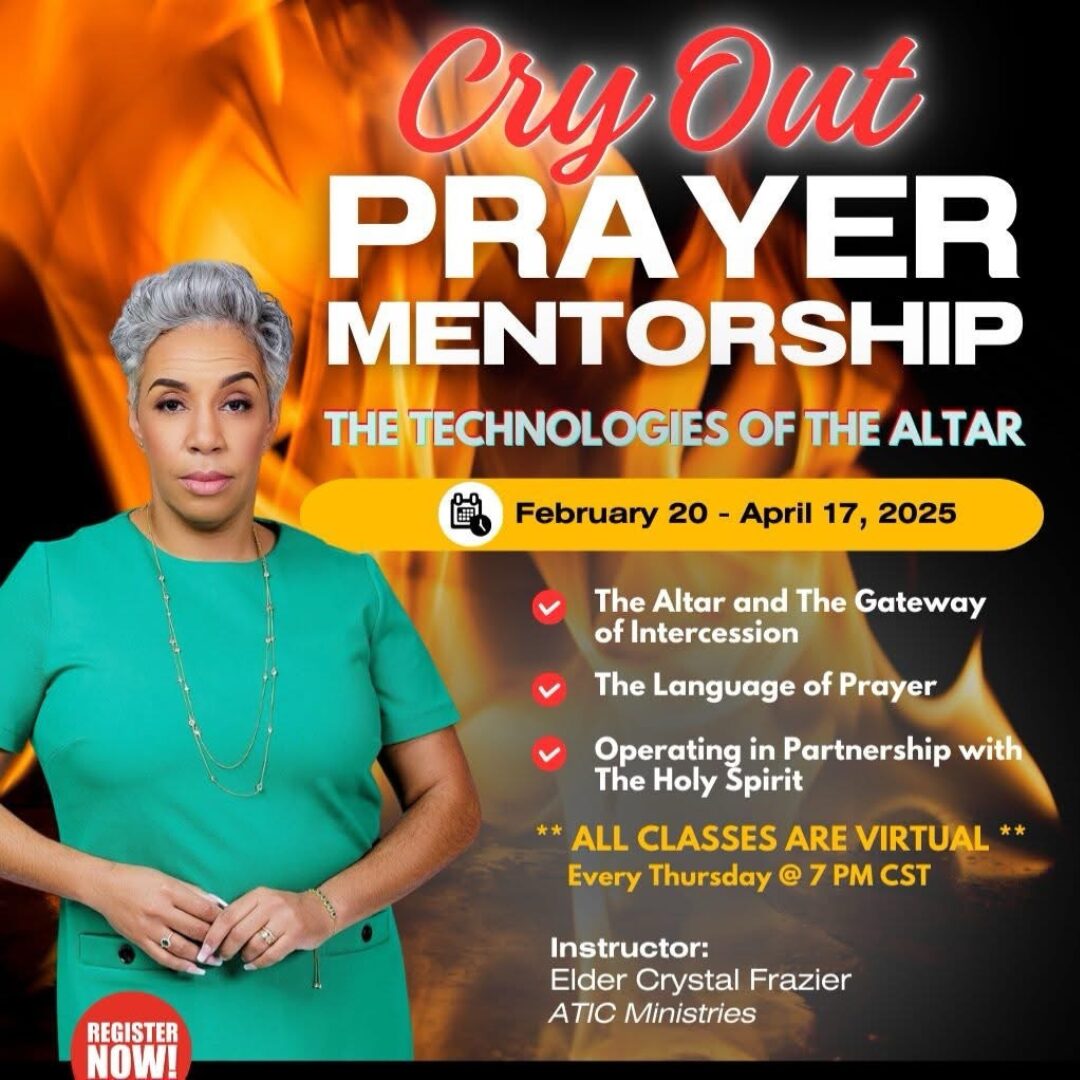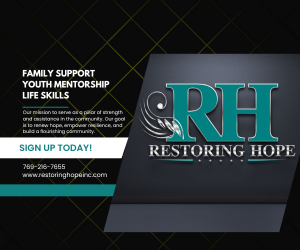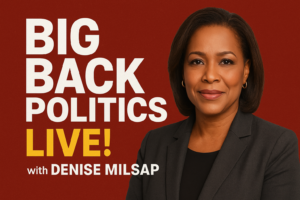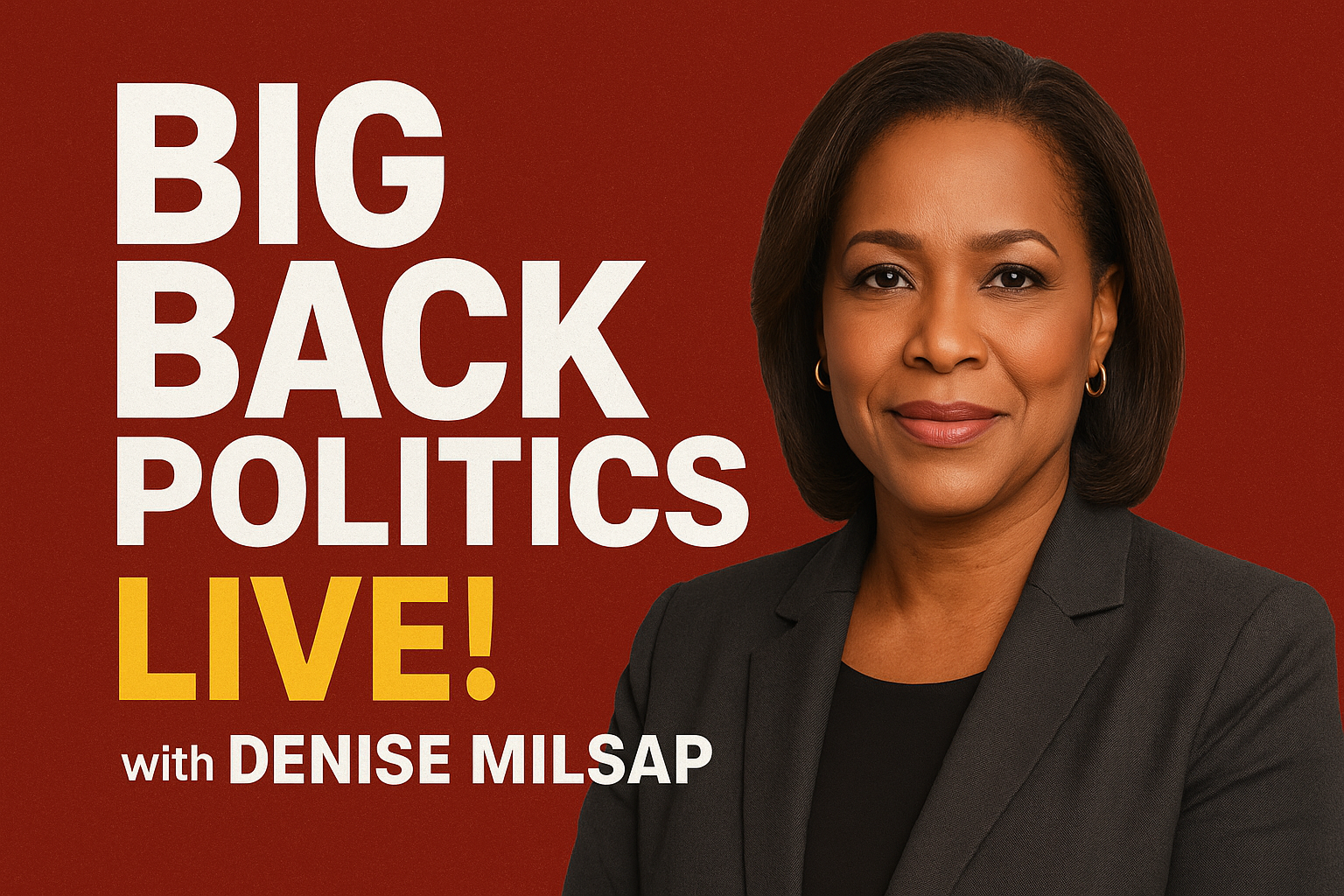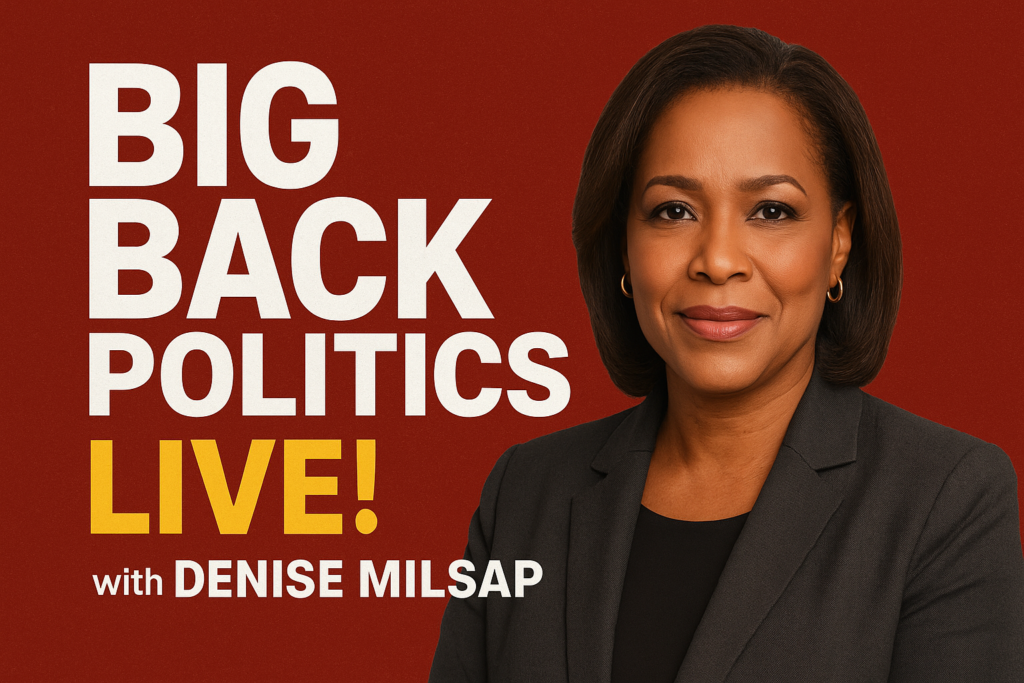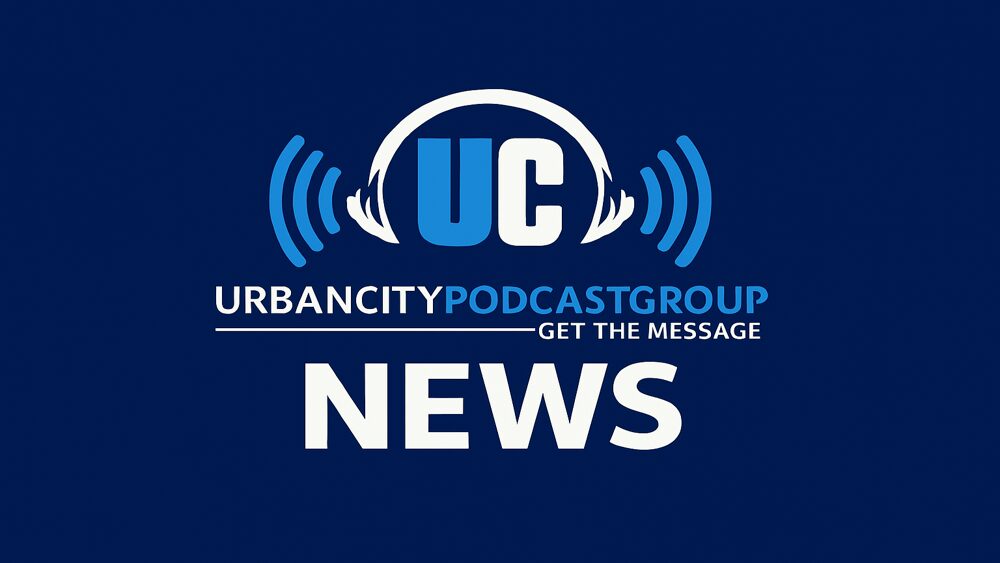Major Takeaways:
Private equity’s growing control in health care often leads to cost-cutting, layoffs, and declining patient outcomes as firms prioritize short-term profit over long-term care.
Some states are moving toward regulating ownership transparency and curbing risky financial practices that jeopardize hospitals and nursing homes.
Advocates like Annie Sleese push for mental health literacy in schools to help families and educators identify early signs of mental illness and reduce stigma.
Profit Over Patients: Are Private Equity Firms Ruining Healthcare?
You’re listening to Radio Health Journal, the trusted news source for medicine, science and technology. I’m Elizabeth Westfield. I’m Mayan Vasta Betancourt.
And I’m Greg Johnson. This week, why everyone needs a baseline understanding of mental health. I didn’t know that I could be the expert of my child.
I thought, they’re the expert, they have the MD degree, I should just sit down and be quiet. But first, should we be worried about private equity’s growing investment in health care? Cutting costs, trying to drive profit, in addition, high amounts of debt. So a lot of times, this just spells financial disaster for the health care company, hospital entity that a private equity firm owns.
All that and more this week on Radio Health Journal. At Charmin, we heard you shouldn’t talk about going to the bathroom in public, so we decided to sing about it. Charmin UltraStrong, you can use less, better than the rest.
Charmin UltraStrong, your booty pass the clean test. Diamond weave texture, it’s the best. Study up, teach a lesson all fresh, your booty pass the clean test.
Charmin UltraStrong, Charmin UltraStrong with diamond weave texture, cleans better than the leading one-ply brands, so you can use less. Enjoy the go with Charmin. Protect your home and auto by bundling them with Progressive, and you’ll have a little less to worry about.
But we know you’ll find other things to worry about, like that text you just got from your boss. Yeah, this is bad. Oh, well, at least you protected your home and auto with Progressive, so you don’t have to worry about that.
Progressive Casualty Insurance Company affiliates and other insurers not available in all states. For many of us, the healthcare system is a tangled mess of complex phrases that try to explain the expensive bills we get in the mail. And with the chaos of life, it’s easy to quickly pay it without ever truly looking at the breakdown of cost.
Unfortunately, the industry knows this and can take advantage of it. Lynn Unruh, Professor Emerita at the University of Central Florida, experienced this firsthand after seeking help for her spinal issues. My visit was all of five minutes or less.
He misdiagnosed me, but did thankfully send me to a physical therapist, and the physical therapist did a good half-hour assessment and diagnosed me properly. And I wasn’t happy with this guy, so I asked for, you know, you have to contact the office and ask them for the record of your visit. And they are, by law, I believe, you’re entitled to get this record.
In a surprise twist, Unruh’s record detailed a much different visit than the one she had experienced. He said I had a half an hour visit and that he did a systematic neurological examination on me, which he did not do. He basically looked at the way I walked in and said, oh, you’ve got sacroiliitis and blah, blah, blah, blah, blah.
And he did my knee reflexes, and that was about it, versus what the physical therapist did, that there’s all this whole big, long thing. So anyway, he lied, and he charged Medicare for a 30-minute visit when he saw me for less than five minutes. Unruh was a victim of upcoding, a type of medical billing fraud when providers intentionally submit wrong billing codes to increase their revenue.
It’s quite common and has a costly effect. In fact, a 2024 paper estimates that the practice of upcoding was associated with more than $14 billion in hospital payments in 2019. Unfortunately, it’s only become more pronounced in recent years, a rise that may be attributed to the uptick in investments from private equity firms in the health care space.
Why? Because it’s a simple way to increase revenue that often goes unnoticed. And as we’ve seen from private equities involvement in this industry, the main focus is making a quick profit. Private equity is investing everywhere in health care.
It started in some of the urgent care center areas in hospitals and nursing homes, but it’s also gone into doctor’s offices, which are all of the specialties. There’s pretty much not a physician specialty that you can name that it isn’t invested in. Investments in health care are usually seen as a positive.
So why is there a negative connotation around private equity involvement? Well, because most reports, like Unruh’s 2025 review published in the journal Health Policy, aren’t finding many good outcomes in the wake of a private equity takeover. Out of 21 studies that we found on health care quality and patient outcomes, only one nursing home study and one hospital study found that they were better. The outcomes were better in private equity facilities.
One hospital study and a couple other studies found no difference in system outcomes. And some found mixed results. But like we say, most of the mixed results studies were mostly negative.
So when you look at out of 21, really only six were not bad. It’s not a lot. The global investment firm KKR and Company has one of the few good examples.
Their acquisition of HCA Healthcare in 2006 showed a significant reduction in patient mortality. However, they declined our interview request for this segment. The Private Equity Stakeholder Project is a watchdog organization that specializes in researching the effects that the industry has on people and the planet.
It covers a range of factors. And one specific topic is health care. Michael Fenney, a senior policy coordinator at the organization, says that they’re also not seeing many positive outcomes of private equity investments in health care.
They may be out there, but what we’ve observed is that the incentives that private equity firms operate under don’t align with long-term care. Instead of working towards a long-term vision, Matthew Parr, the communications director for the Private Equity Stakeholder Project, says that private equity firms tend to buy and sell their investments in an average of five to seven years. These private equity firms have a set revenue goal that they’re trying to get out of a company, and they’re trying to do it very quickly.
And because they sell off these companies after about five to seven years or transfer them to another private equity firm, sometimes they take them public or these companies go bankrupt, what have you, after that short period of time, they don’t really have a stake in that company anymore. And so if the firm has gotten its profit, they can sell that company off. And they didn’t really have to invest in a lot of long-term strategies for the long-term benefit of the company.
That becomes a problem a lot of times with health care, because health care is inherently a long-term industry and health is a long-term aspect. So it’s not necessarily the investment that’s a problem, but the strategies they use to make the most profit in a short amount of time. And because of how these firms buy in, they get full operating control, despite in most cases not having any significant knowledge of health care.
So private equity firms typically do full control buyouts of companies or assets or things like that. So it’s a little different than venture capital or other types of investing. While they may buy a few shares or they may just own a part of a company, private equity tends to get a controlling equity interest in the company.
So they have operational control and they’re able to enforce decisions at the places that they purchase. They’re not people who have any health care background. So, for example, Blackstone, which invests in real estate, is a big investor in health equity and health care.
They don’t know anything about running a health care institution, but that’s who’s investing in it. Research shows that the typical game plan private equity firms use once they’ve acquired an institution usually starts with cutting staff. They also typically focus on the more profitable services, often driving up the prices on those while completely cutting the ones that don’t make as much money.
So we see a lot of private equity investment in dentistry, for instance, because a lot of times there is dental insurance, but there’s a lot of cash flow, people paying cash for procedures. And so that’s easy profit for a private equity firm. And so you couple cutting costs with trying to eke out profit and not a lot of kind of future thinking investment.
In addition, private equity firms do this tactic called the leverage buyout. And what that means is that they actually don’t put a lot of money into the companies that they purchase. They use a lot of debt.
Which means that the firm use very little of its own money in these purchases. Another bonus to this tactic is that the debt gets placed on the company they buy, not the firm itself. A very popular case right now is Walgreens.
Walgreens just got bought out by a private equity firm, Sycamore Partners. Just over 70 percent of that Walgreens acquisition was actually financed by debt and not from money from Sycamore Partners. But Walgreens is now going to be on the hook for paying that debt, not the private equity firm that owns Walgreens.
So in the case of hospitals or nursing homes or in Walgreens case, you now have cutting costs trying to drive profit. In addition, high amounts of debt. This strategy has been the cause of the financial ruin of many health care institutions owned by private equity firms.
In fact, the Private Equity Stakeholder Project reports that seven of the eight largest health care bankruptcies in 2024 were backed by these firms. They also resulted in more than 65,000 layoffs across America. So if these practices are leading to worse patient care, bankruptcies and closures, are we on a fast track to a destabilized health care system with even less patient access than we have today? Parr says it’s a fear that’s only grown with the recent Walgreens acquisition.
Patients have such direct access to Walgreens. It’s in nearly every community. Many rural communities only have a Walgreens for pharmacy access.
And so if you take what we’ve seen traditionally and historically with these firms and extrapolate it to Walgreens, which is in almost every community. And if Walgreens does fail, because like we’ve seen other health care companies fail, you have direct lifelines in communities all over the country that will lose access to health care. Thankfully, Fenney says some states have started to move towards increasing ownership transparency and pre-transaction review for the private market.
So if a private equity firm proposes a deal in which it acquires a health care provider, it would have to receive review and approval from the appropriate state entity. We’ve also seen states are starting to consider limits on certain practices by private equity firms, including limits on sale-leaseback transactions and dividend recapitalizations. And then states have also started to consider reinvigorating longstanding corporate practice of medicine laws, which keep clinical decisions with medical professionals instead of the corporations that own them.
You can find more information about Matthew Parr, Michael Fenney, Lynn Unruh, and all of our guests on our website, RadioHealthJournal.org. Our writer-producer is Kristen Farrah. Our executive producer is Amir Ozaveri. I’m Elizabeth Westfield.
Coming up, should mental health literacy be taught in school? When Radio Health Journal returns.
Some mental health conditions have become cultural buzzwords like anxiety and depression, while others have set the stage for blockbuster movies like the 2016 film Split. And though public awareness of mental illness has increased, can the same be said for public understanding? Annie Sleese is the co-founder and CEO of the Mental Health Literacy Collaborative, a national nonprofit organization. She believes education needs to be a foundational component of any mental health initiative, especially in schools.
Though she’s now a leader in this movement, there was a time when Sleese was a parent, unaware of how much she needed this knowledge in her own life. I was teaching 90 students a year and directing two musicals a year every year and continued to do that while my child’s condition deteriorated. And within a couple of years, I was navigating the prison system as a direct result of my child’s unmet mental health needs turning into substance misuse and being in the wrong place at the wrong time.
In 2010, Sleese was navigating how to be a teacher and primary caregiver to her two children, while dealing with what she thought was the typical teenage rough patch with her oldest, who’d just graduated high school. Looking back now, there are so many signs Sleese can see clear as day, but before she had any real understanding of mental illness, she dismissed even the stranger ones as personality quirks they’d grow out of. What I think I should have recognized, and had I had training, I would have known, was my child was fearful.
I found butter knives in the couch. And I would ask, you know, what happened here? Was someone buttering a bagel in the living room? You know, right? And that wasn’t it. It was, oh no, that’s mine, mom.
It’s for me to feel safer. And I thought, what do you mean safer? We have a house. We’re locking the doors.
We have security. What’s going on? And what I didn’t realize was my child was feeling paranoia. My child was feeling signs of unsettled, being able to discern reality from things that weren’t real.
So that fear manifested itself in bringing a butter knife around. By the time Sleese realized that her child was experiencing a mental illness, they were 18 and able to fight against the inpatient program she requested. Instead, they compromised on an outpatient treatment.
I was like, wait, I’m the mom. And they were like, yeah, but your child’s 18. So your child decided that that’s not going to work, so this is what we’re going to do.
When we did that, it was in that facility as an outpatient that my child accessed a firearm, got it from another person receiving care during a parking lot smoke break, just going outside, getting fresh air, and buying a firearm out of the trunk of someone’s car. My child brought it home, and then my 13-year-old found it. So I was trying to manage this distress internally, quietly, and obviously deeply stigmatized.
So two years go by, and the thing that made me actually do something was the tragedy at Sandy Hook Elementary. When that happened, my eyes were just opened, and I was like, oh, my gosh, there is so much parallel between what happened and what was going on in my house. Now, there are great differences, too.
The perpetrator in that incident had a very different sort of set of circumstances, but the mother I definitely connected and could relate to. The mother was said to have been fearful, and I was fearful at that point. She started building a community through a blog, and though it was making an impact, Sleese realized the hypocrisy of her fight to normalize mental health issues while hiding from her own story.
It was anonymous. I was talking all about the stigma of mental health, yet not willing to tell anybody my name or what I did or where I live because deeply stigmatized I was. But over time, I got a lot of people reaching out from all over the world saying, this sounds a whole lot like someone I know, or this sounds like my story, or my family went through something like this.
And as that happened, it just built and built and built, and I realized that there was work to be done, and maybe I could help do it. She started by helping Sandy Hook Promise roll out their Know the Signs school programs in 2016. Soon after, Sleese decided to go all in.
She quit her job teaching and became the Director of Advocacy and Education at the National Alliance on Mental Illness in Delaware. My role at NAMI allowed me to, first of all, learn all the facts I didn’t know, and share them with parents like me, with individuals like my child, with community leaders, and then to advocate for policies that would make lives better. And when I did that, that’s really what brought me to what I’m doing now, because doing that policy piece allowed me to recognize the influence that policy can have, the positive work that can be done, but also the gaps.
And what my work does now is address one of those gaps. Which is mental health literacy. Understanding what mental illness is and being able to recognize the signs in yourself and others.
More than 30 states have some sort of mental health education policy in place, but Sleese says there’s no universal framework for what should be taught. On top of that, it’s hard for teachers to follow a policy and explain something that they themselves don’t truly understand. Just like me, having been a teacher my whole career and not being able to help my own child, most educators don’t get this information, most educators aren’t trained in this.
So whether or not you have a policy in place that requires something, or you just have people who want to do it, you still need to have the background, the foundation, the confidence around this topic that’s needed to provide the information thoughtfully. The gap between policy and action is what the Mental Health Literacy Collaborative is helping to close. We’re trying to elevate this framework that has been in existence for decades, but we’re trying to elevate it as a potential roadmap for school education systems to implement mental health education universally.
And doing that with that framework allows people to understand kind of four big ideas and to make those ideas suitable for the audience. It’s understanding how to foster and maintain positive mental health, understanding common disorders and their treatments, understanding how to seek help effectively, and understanding stigma and how to reduce it. Sleese believes that just simply being aware of a few statistics can make a huge difference.
In fact, she thinks that if she knew nearly half of all lifetime mental disorders begin by the age of 14, she would have reacted much differently to her child’s odd behaviors early on. That fact alone, I think, would have changed the trajectory of my child’s life if I had known that raising my child. Because I think I would have recognized far sooner.
Because looking back, there were signs way earlier than age of 18. But I would have also pushed back on discussions with physicians when I was asked, or with therapists, because there was therapy on and off throughout my child’s growing up. But every time I would say, I think it’s more than this.
I think this is going on. I would be told, we’re in the normal range. This is all fine.
Mom, this is fine. Everything’s fine, Mom. I would be called Mom, which was very annoying to me.
But also, I was sort of put in my place, and I didn’t know that I could be the expert of my child. I thought, they’re the expert. They have the MD degree.
I should just sit down and be quiet. And so one of my biggest lessons, I think, is to remind people that you’re the expert of your child. You know.
And if you don’t feel like this particular diagnosis or this particular treatment plan or this particular situation is right, speak up. And if they’re not listening, speak to somebody else. Sleese says mental health literacy isn’t just for parents and teachers to notice and understand.
She believes it can and should be taught to kids of all ages. The messaging may change when talking to a third grader versus a high schooler, but the outcome is the same. Understanding the brain, emotions, and overall health.
Let’s hope that by the age of, I don’t know, 9 and 10, we have young people who understand that health conditions happen in all parts of our body. Sometimes we get sick, and it’s our heart that’s sick. Sometimes we get sick, it’s our stomach that’s sick.
Sometimes we get sick, it’s our brain that’s sick. That’s the idea of mental health literacy, is it’s just a piece of health literacy. Something that young people and people of all ages have been building.
We understand really common things, like no one shies away from a broken bone. If you have a broken arm, people don’t go, oh no, I can’t talk about that, don’t tell me about that broken bone. We have a general idea of what happens with a broken bone.
We also understand, because we understand the treatment, we understand that after you wear that cast for a little while, that cast is going to come off, and your arm’s going to look kind of like it did before, and it’s going to be okay. That’s our health literacy in action. What we’re trying to do is add the piece of health literacy that’s been missing, mental health literacy, and young people can learn it.
One argument that pushes back against including mental health literacy in school is the idea that teachers aren’t qualified to be speaking about the brain. And though it’s true they’re usually not neurologists, Sleese says that with the right tools and resources, they can confidently and accurately teach a foundational understanding of mental health that can be extremely impactful. You can find more information about the Mental Health Literacy Collaborative, Annie Sleese, and all of our guests on our website, RadioHealthJournal.org. Our writer-producer is Kristen Farrah.
Our production manager is Jason Dickey. I’m Greg Johnson. RadioHealth Journal returns in just a moment.
This is the sound of captivity. This is the sound of rescue. And this is the sound of freedom.
Give Armenia’s captive bears a second chance by supporting International Animal Rescue. Call 508-826-1083 or search The Great Bear Rescue to learn more. Whoa, it’s you, the Capital One bank guy.
That’s what they call me. Mind if I get a selfie? Yeah, sure thing. Say, no fees or minimums on your Capital One checking account.
Wow, that’s a keeper. So, where are you heading? I’m off to spread the good news that Capital One helps people keep more money in their wallet with no overdraft fees. You’re the best Capital One bank guy.
Hey, mind if I get a selfie? Sure. Say, Capital One, what’s in your wallet? Terms apply. See CapitalOne.com slash bank for details.
Capital One and a member FDIC. Behold, the Colonel’s giant KFC chicken sandwich. A towering, extra-crispy monument to flavor.
Such a huge amount of juicy, hand-breaded KFC chicken at a pretty tiny $3.99 price for the Colonel’s KFC chicken sandwich. I mean, $3.99 isn’t even worthy of the same epic soundtrack as the KFC chicken sandwich for only $3.99. The Colonel lived so we could chicken. Prices and participation vary while supplies last.
Taxes, tips, and fees extra. Progressive has great customer service, and it’s easy to reach us because great and easy is the way to be. Like salads.
Great for you. And so easy you can put any group of veggies in a bowl and it’s a salad. A full carrot with a head of cabbage? Weird, but still a salad.
One radish and a couple of green beans? Also a salad. 14 blueberries, half an onion, and a sunchoke? Odd, yes, but an odd salad. So contact Progressive’s customer service by phone, app, or online.
It’s great and easy, just like salad. Progressive Casualty Insurance Company & Appellants. Medical Notes this week.
Why does asthma differ between genders? Research shows that the condition starts at different times, presents with different symptoms, and responds differently to treatment between men and women. A new study examined this divergence at a genetic level and identified 61 genes that have significantly different expressions related to asthma. Surprisingly, this research also revealed that the condition changes depending on age and tissue type, too.
The research is published in the American Journal of Respiratory Cell and Molecular Biology. Does a doctor need to be present on every flight? New research in JAMA Network Open analyzed how frequent medical emergencies are in the air. Between 2022 and 2023, they reviewed medical calls from 84 airlines that flew more than 3 billion passengers.
It turns out that one in every 212 flights have a medical emergency. However, most are minor, and only about 8% were taken to the hospital after landing. And finally, daydreaming may be the key to getting a promotion.
A new study in the Journal of Management argues that letting the mind wander increases the chance of epiphanies. These aha moments shape how people navigate their careers. Creating more epiphanies could heighten a person’s sense of purpose and drive within their career.
And that’s Medical Notes this week. I’m Mayan Vastabetancourt. Whatever your vision for holiday decorating, the Home Depot has what you need to bring it to life.
Like our warm white holiday lights with steady-lit technology, so your lights stay glowing even if one bulb fails. Whether you’re going for a soft warm glow or a colorful display of holiday cheer, choose from our wide variety of holiday lights starting at $5 in-store only. Find everything you need to get your holiday started with the Home Depot.
Ah, that’s the sound of someone who’s misplaced… My debit card. …their debit card. Where did I leave that thing? Not at the gas pump, or the checkout counter, or the roof of your car.
Now, if he has the Chase mobile app, he can use Card Lock. Wait, I could just lock my card. Yep, just a few tippy-taps on his phone and… That sound? That’s peace of mind from Chase.
Chase mobile app is available for select mobile devices. Message and data rates may apply. JPMorgan Chase Bank, N.A., member FDIC.
Thank you for joining us this week, and every week, as we break down the science stories you need to know. You can find all of our past segments and guests on our website, RadioHealthJournal.org, or wherever you listen to podcasts. Follow us on Instagram, Facebook, and X for daily content, and tune in next week for another edition of RadioHealth Journal.
